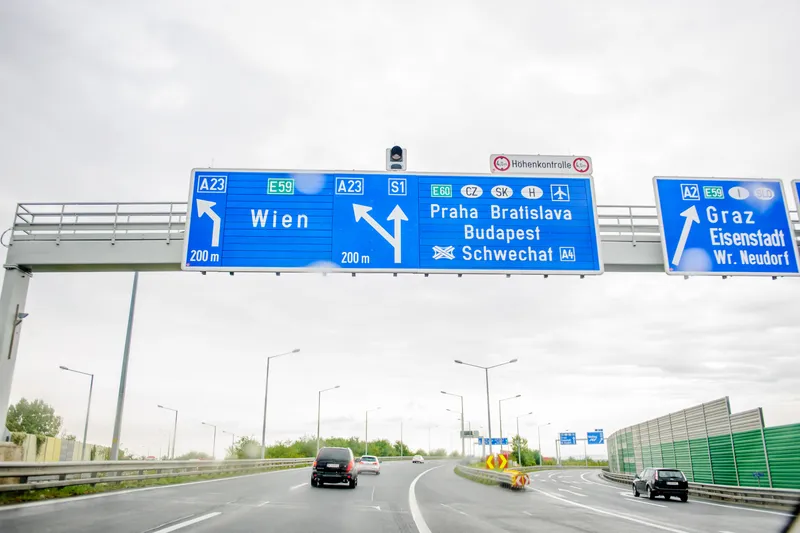New research on consumer preferences for full autonomy in new vehicles finds the technology is not yet popular among a broad audience, according to analysts at IHS Markit. Ironically, the same audience ranked it among the very features they would be willing to pay the most for in their next new vehicle purchase.
Blind spot detection ranked highest as the most desired features among all audiences, young and old, and propensity to pay for it varied by region, with the US respondents reporting they would be willing to pay significantly more for the technology than consumers in other regions.
Responses from more than 5,000 vehicle owners intending to purchase a new vehicle within the next 36 months were reviewed in the 2017 Autonomous Driving and Urban Mobility Consumer Analysis, representing five key automotive markets – the US, Canada, China, Germany and the United Kingdom.
“In terms of ADAS safety features like automatic emergency braking and blind spot detection, consumers wanted to see these features standard across the board,” said Colin Bird, senior automotive technology analyst for IHS Markit and co-author of the report. “There is a large subset of consumers who are willing to pay for full autonomy features demonstrating that consumers see this more as a value-add rather than a necessary safety component, at least for now.”
Just 44 percent of all respondents indicated that full autonomy would be a desirable feature on their next car, the lowest rank of all of the technologies included in this subsection of the survey. Interestingly, however, it also ranked as the technology that consumers would be most willing to pay for, according to IHS Markit. Price points varied by country, with US consumers indicating they would pay the highest price to have the feature in their next new vehicle.
German consumers surveyed about the cost of the technology added to a new vehicle purchase, German respondents indicated they would be willing to pay US$1016 for it, nearly 20 percent more than the US audience.
Among consumers surveyed in China, more than 72 percent of respondents reported desire for full autonomy as a feature in their next new vehicle, the highest of all the regions surveyed. They also expressed a willingness to pay for it at the highest cost among other technologies, noting a price point of US$557. Many also were interested in related technologies, according to IHS Markit. These included blind spot detection (89 per cent), automatic emergency braking (92 per cent), lane departure warning (88 percent), highway autopilot (83 per cent), autonomous co-pilot (81 per cent).
In comparison, just over half of US consumers surveyed indicated full autonomy is a desired feature in their next new vehicle, though they too seem willing to pay the most for it over other technologies; noting an average willingness to spend US$$780 to have the technology on their next new vehicle. In addition, US consumers are interested in blind spot detection, navigation systems, automatic emergency braking and steering wheel mounted controls.
From a global perspective, highway autopilot also was mentioned as a top technology among consumers surveyed from all regions, but also at a variety of costs. US consumers indicated a willingness to pay US$107 more than their nearest counterparts to have their next new vehicle equipped with the technology.
Survey finds varied autonomy and safety technology preferences for new vehicles
New research on consumer preferences for full autonomy in new vehicles finds the technology is not yet popular among a broad audience, according to analysts at IHS Markit. Ironically, the same audience ranked it among the very features they would be willing to pay the most for in their next new vehicle purchase. Blind spot detection ranked highest as the most desired features among all audiences, young and old, and propensity to pay for it varied by region, with the US respondents reporting they would be wi
August 4, 2017
Read time: 3 mins







